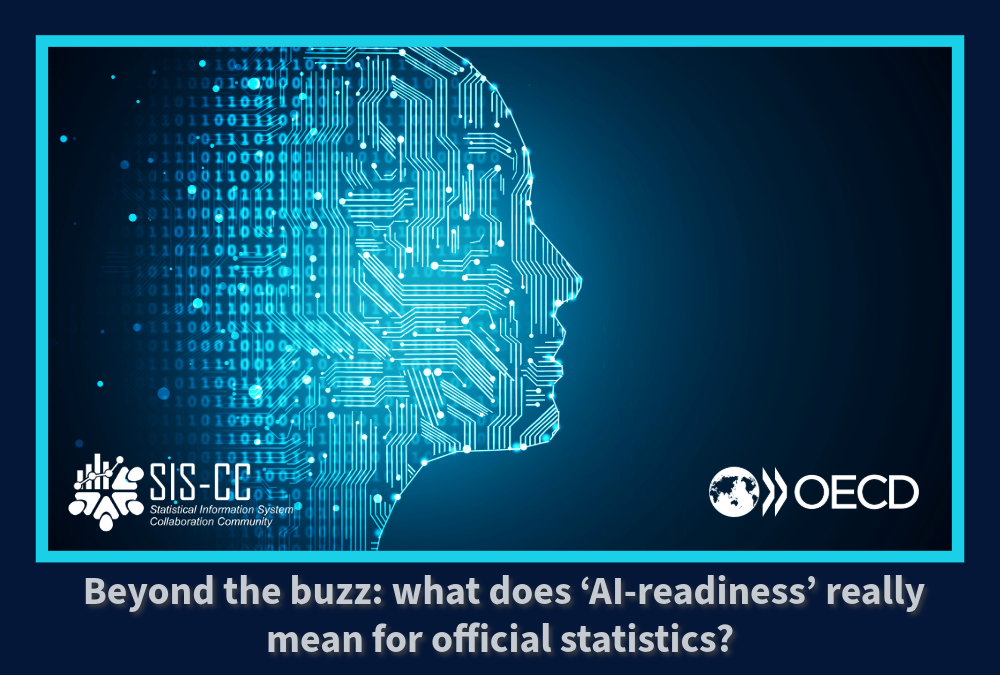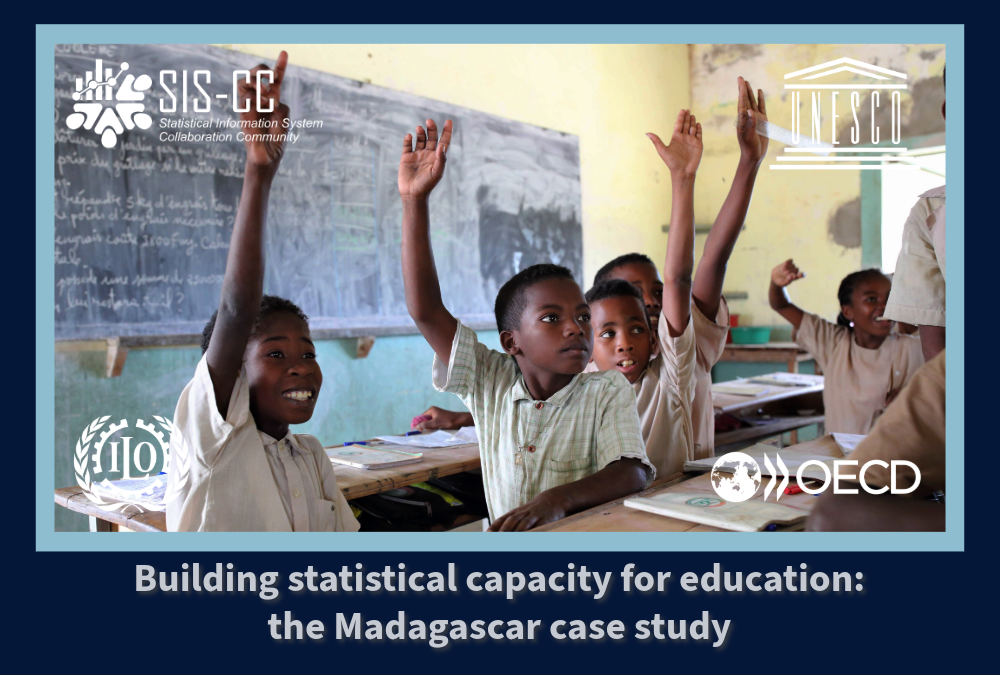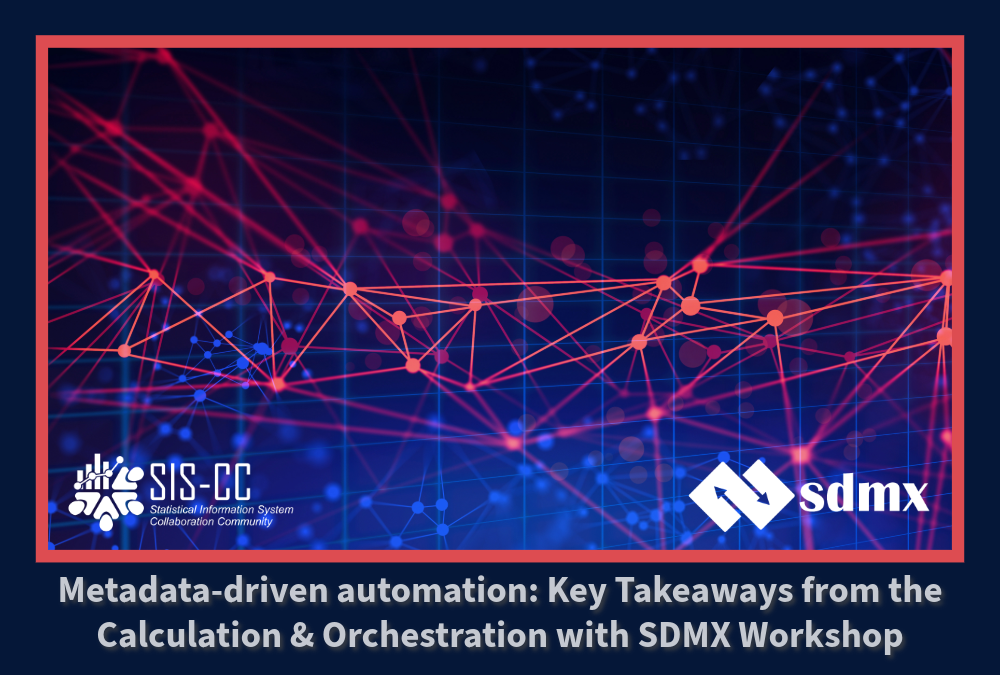
Beyond the buzz: what does ‘AI-readiness’ really mean for official statistics?

In June, the OECD launched its first AI-Readiness Survey to better understand how prepared national statistical offices are to harness artificial intelligence. Conducted ahead of the 22nd Committee on Statistics and Statistical Policy (CSSP) meeting in Geneva — held alongside the UNECE Conference of European Statisticians — the survey drew responses from 36 countries and key partners. The findings reveal a community eager to embrace AI, but still facing critical gaps in infrastructure, data quality, and workforce capacity.
The week before, SIS-CC hosted a forward-looking workshop on Next Generation SDMX Data Modelling, chaired by Edgardo Greising (ILO) with contributions from experts at IMF, BIS, and OECD. The session spotlighted opportunities to enhance SDMX’s interoperability, scalability, and alignment with emerging technologies like AI and cloud-native platforms. Participants called for more flexible modelling approaches, better multilingual support, and deeper integration with modern data pipelines — all essential for real-time, cross-system data exchange.
The release of the .Stat Suite JavaScript stack “dirac” brings major usability and performance improvements. Highlights include a streamlined filter interface, smarter free text search, automated sitemaps for better SEO, and a new DLM interface for managing external resources. Organisations are also advised to migrate to the official Keycloak image (v26.1.3), with full support for OIDC providers.
Finally, .Stat Academy continues its steady growth, now counting 1,169 registered users across 153 countries. As more learners join the platform, the Academy is cementing its role as a global hub for building expertise and strengthening capacity across the statistical system.



